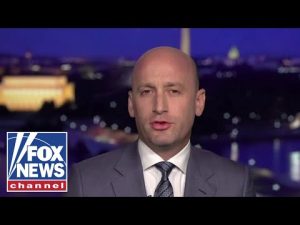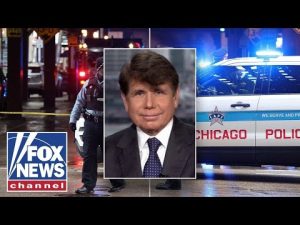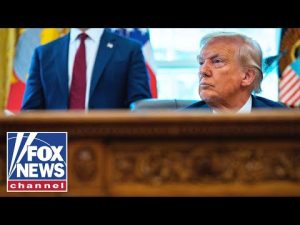In the enchanting tale of Chicago, a city known for its rich history and vibrant culture, there’s a grim reality lurking in its shadows. While Governor Pritzker assures folks that things are just splendid in the Windy City, many residents, especially those from areas like the South Side, would beg to differ. It’s difficult to reconcile the contrasting narratives when crime statistics tell a much darker tale. The seemingly endless cycle of violence continues to plague certain neighborhoods while others remain largely unaffected.
In the heart of the matter lies the contentious debate: Are Chicago’s streets really safer, or is this just political eyewash? The leadership seems to be in a bubble, oblivious to the plight of everyday residents who face a constant threat. President Trump’s potential visit to Chicago has sparked controversy, with critics accusing him of using the trip to incite unrest. Ironically, the city could use some of that Washington magic—twelve days of no murders sounds like a miracle for Chicagoans, who have witnessed 254 murders in just 233 days.
The reality for many Chicago residents is starkly different from the narrative spun by politicians. Despite grand claims, the neighborhoods riddled with high crime rates are often underserved, overshadowed by more affluent areas that face fewer daily threats. It’s no secret that if the same crime rates erupted in the plush locales some leaders call home, they’d be clamoring for federal intervention faster than you can say “hypocrisy.” Instead, these communities are left to fend for themselves, caught in the crossfire of gangs that vastly outnumber their police patrols.
To add insult to injury, Governor Pritzker seems to think that a casual stroll along the lakefront is proof enough that Chicago isn’t the dangerous place some claim it is. This misreading of the city’s pulse is akin to looking at a glossy brochure and believing it’s the whole story. It’s as if, when asked about the violence, the response is more ‘Hakuna Matata’ than actual problem-solving. For residents of neighborhoods like Englewood, where the life expectancy is shockingly lower than Pritzker’s own neighborhood, this attitude is painfully tone-deaf to their struggles.
Politicians assure that with more money, change is on the horizon, but the calls for nearly a billion dollars in investment ring hollow without accountability. Residents demand transparency and want every penny tracked, wary of funds disappearing into pet projects or dubious deals. As crime continues and the reality of Chicago’s dual existence persists, the city finds itself at a crossroads. Maybe it’s time for a dose of real, substantial reform instead of constant spin. Without it, Chicago’s tale of two cities will only grow more pronounced, leaving one side to flourish while the other languishes in neglect.







